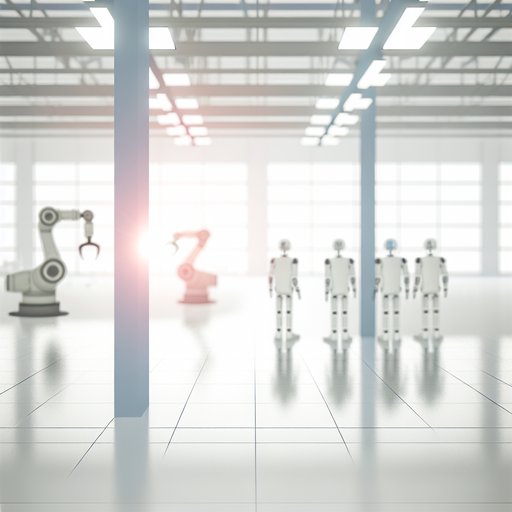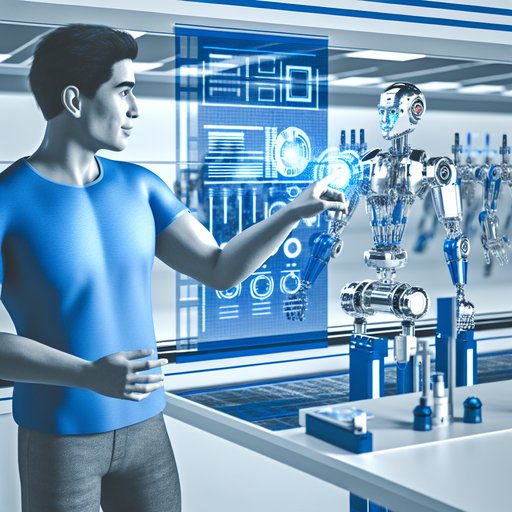Introduction
In the coming months, the integration of robots and humans in manufacturing is poised to shift from mere coexistence to seamless collaboration. This transition promises to reshape productivity, worker satisfaction, and operational efficiency in ways previously only imagined.
Current Landscape
Robot-human collaboration in factories is not a novel concept but has traditionally been defined by clear divisions between tasks suitable for humans and those delegated to robots. Currently, robots are stationed primarily in roles requiring repetitive precision — think assembly lines and quality control — while humans perform complex tasks needing cognition and adaptability. Automakers like BMW and tech giants such as Amazon have implemented collaborative robots, or “cobots,” which work alongside human employees, enhancing productivity. BMW’s Dingolfing plant is a testament to this, where cobots assemble parts autonomously, freeing human workers to focus on problem-solving and quality management.
What’s Changing and Why
Technological advancements, particularly in AI and machine learning, are blurring these divisions, enabling robots to learn and adapt in real-time settings. Companies like Universal Robots and KUKA Robotics are developing cobots that can perform a broader range of tasks — from manipulating fragile components to responding dynamically during production line shifts. The COVID-19 pandemic expedited this drive, highlighting the need for adaptable manufacturing processes that can continue with minimal human presence.
Moreover, advancements in sensors and computer vision are enhancing robots’ ability to perceive and interact with their environment, making collaboration more intuitive and efficient. This technological convergence is reshaping factories into adaptive ecosystems where robots and humans share workflows rather than distinct roles.
Predictions & Implications
In the next six months, factories will see an increased deployment of adaptive cobots, capable of learning from human counterparts and assimilating that knowledge to optimize processes. This shift will drive a reinterpretation of worker roles from operational to supervisory, placing emphasis on human oversight and decision-making. Companies investing in this technology will likely see benefits in efficiency, but also face challenges in workforce adaptation.
For workers, the implications are twofold. On one hand, new opportunities for skill development will arise, potentially leading to job enrichment and higher satisfaction. On the other hand, organizations must tackle potential resistance by ensuring transparent workforce education and clear communication regarding job security and roles.
Final Takeaway
To capitalize on this trend, companies should invest in ongoing training to upskill their workforce, ensuring they are adept at collaborating with and managing cobots. Additionally, businesses must prioritize the integration of robust security and ethical guidelines to safeguard data and optimize human-robot interactions.
Ultimately, successful robot-human collaboration in factories will depend not just on technological prowess, but on a strategic alignment of human skills and robotic capabilities — a synergy set to transform the very nature of production.










